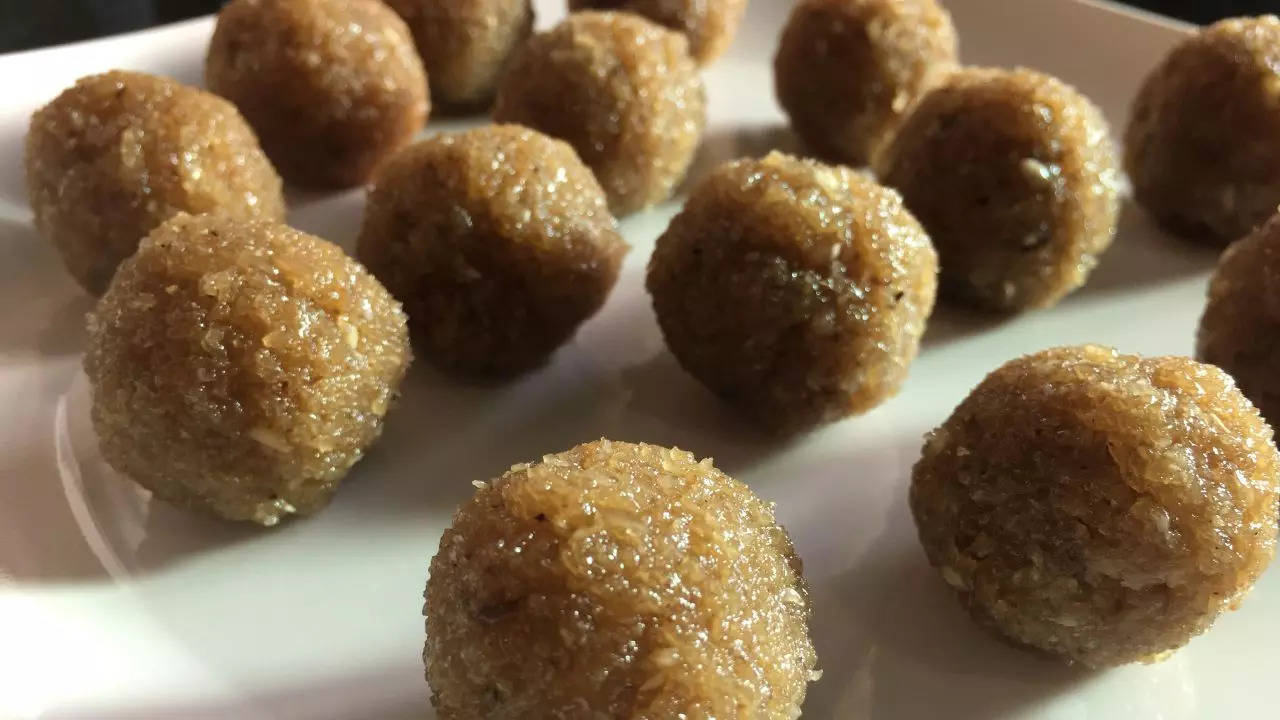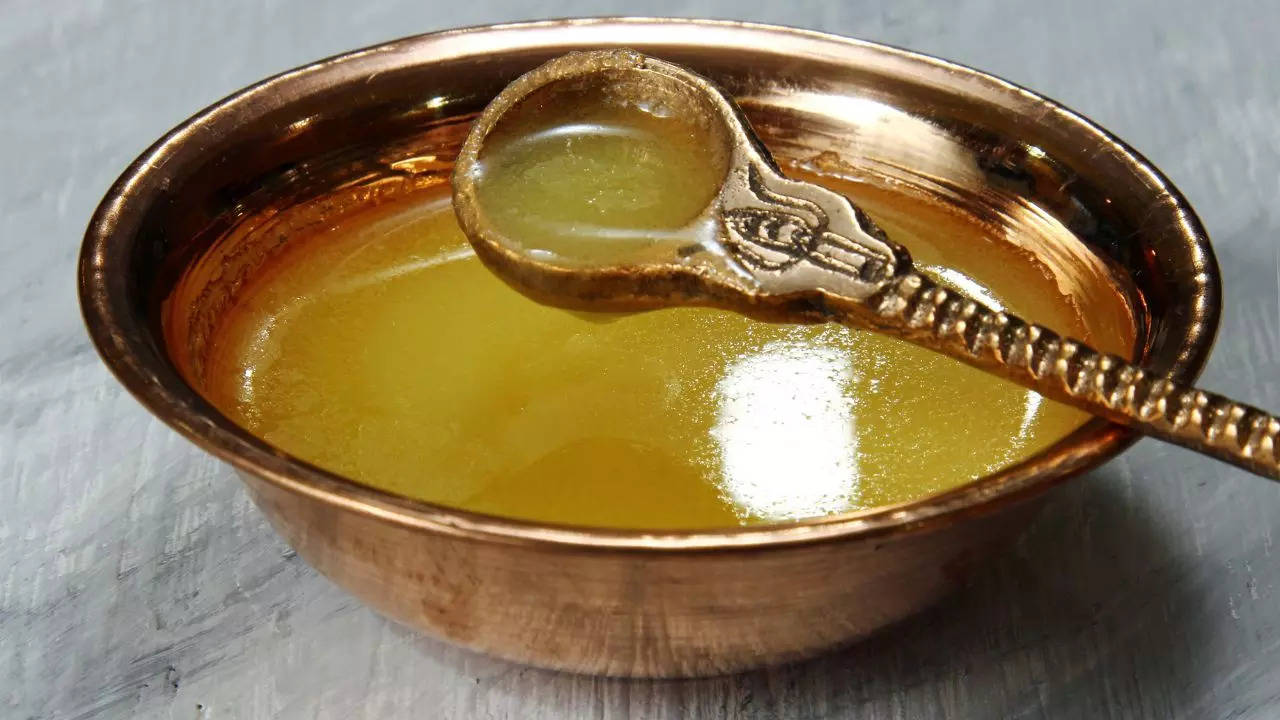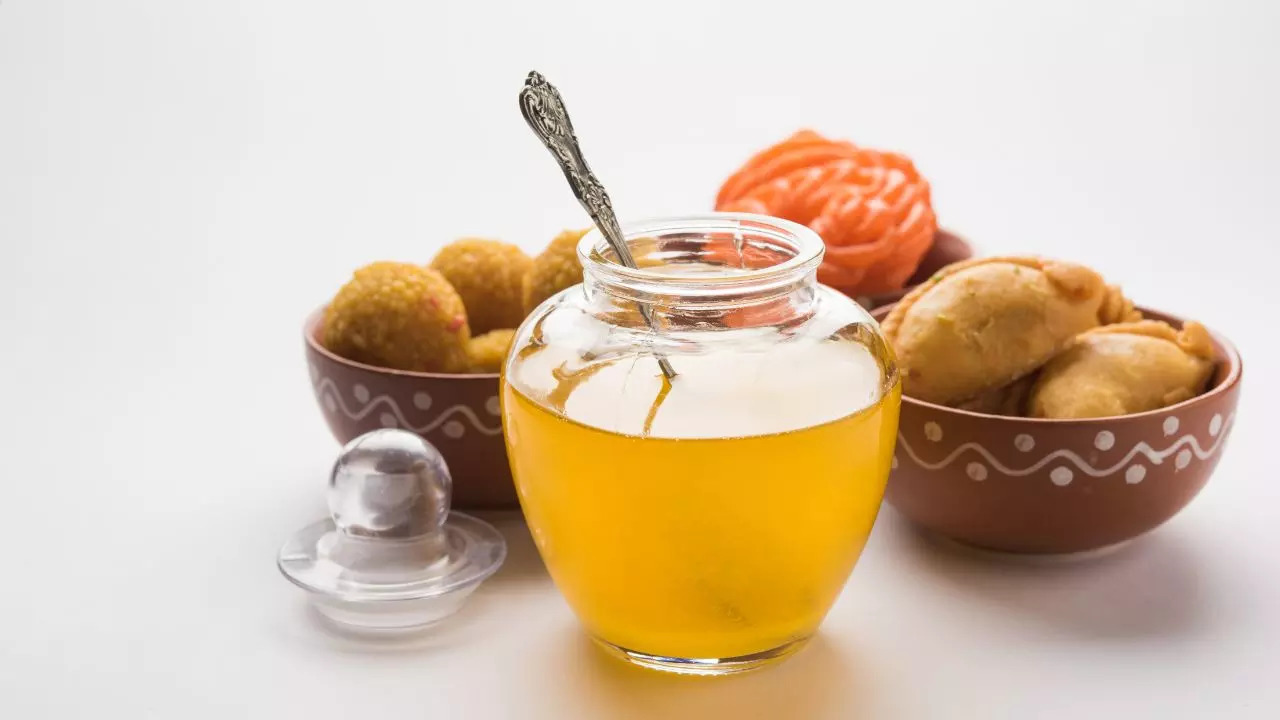Tirumala Tirupati Laddoo Controversy: The importance of using pure ingredients in religious offerings has always been paramount in Indian culture, and when it comes to making prasad, ghee holds a place of great reverence. However, a recent controversy has called into question the purity of ghee at a major temple known for its iconic prasad.Tirupati LadduA shocking revelation came to light when the Andhra Pradesh government released the results of laboratory analysis of the cow ghee used to make the famous Tirupati laddu. The analysis showed the presence of foreign fats, including ghee (clarified pork fat), tallow (beef fat) and even fish oil. Along with these non-vegetarian fats, the samples also contained vegetable fats from coconut, linseed, rapeseed and cottonseed. While this controversy raised concerns, it underlined the importance of using pure, unadulterated ghee, especially in offerings like prasad. Let us know the expert’s take on why pure ghee is a vital part of prasad.
What is the importance of ghee in making prasad?
The use of ghee in religious offerings such as prasad is steeped in cultural, culinary and spiritual beliefs. According to Umesh Madhu Agarwal, full-time director of Misree by HaldiramsGhee has deep cultural significance in Indian traditions, particularly in religious rituals. She states: “It is considered a symbol of purity and wealth, and cooking with ghee is considered an act that enhances the sanctity of offerings such as prasad. Furthermore, lighting a ghee diya is considered auspicious, which extends to the belief that cooking with ghee elevates the spiritual and sensory value of food.”

From a culinary standpoint, ghee has several advantages over other fats. Its unique richness enhances the flavor of traditional sweets, and its superior binding properties make it ideal for preparing dishes such as laddus. Another key advantage is ghee’s high smoke point, which allows it to be used for frying and roasting without breaking down into harmful compounds — a quality that many oils lack. This makes ghee not only a spiritual symbol of purity but also a practical choice for food preparation.
What defines pure ghee for prasad?
According Smt. Soumya Vaishnavi Devi Dasi, Deity Kitchen Manager at ISKCON Dwarka“Cow ghee has a sacred significance in Hindu rituals because it is considered the essence of purity and nourishment. Only sattvic ghee, which contains no harmful additives and is made from organic, grass-fed cow’s milk, can sanctify the offering and enhance its spiritual value.”
When it comes to prasad, purity is essential. As Umesh Madhu Agarwal explains, pure ghee is rich in essential vitamins and has a long shelf life. It retains its aroma and grainy texture, ensuring that the prasad remains flavourful and spiritually meaningful. “Its purity is essential when preparing prasad as it reflects the sacredness of the offering,” he adds.
In traditional Indian households, ghee is usually prepared from the milk of grass-fed cows, churned and clarified using age-old methods. This ensures that the ghee is free from adulterants and maintains its sacred essence. Using pure ghee not only enhances the flavour and texture of the prasad but also maintains the spiritual sanctity associated with it.

A historical perspective on ghee in prasad
The use of ghee in Prasad is not just limited to taste or tradition; it also has profound health benefits, as pointed out by Vikramjit Singh Rooprai: author, educator and historianShe explains that cow’s milk, from which ghee is derived, has long been considered the closest to breast milk. Ancient Indian scientists and sages believed that ghee was essential for maintaining good health. “The human body needs fat, and ghee helps prevent internal dryness,” Rooprai says. She notes that dryness in the body can affect brain function, making ghee vital for mental and physical well-being.
Historically, ghee has been central to religious offerings and rituals in northern and central India, where the cow is revered as sacred. Ghee, along with other dairy products such as butter and yogurt, forms an integral part of the spiritual and physical diet, especially in the Sikh community. Rooprai mentions the development of Kadha Prasad, the sacred halwa made from wheat flour, ghee and water, a recipe said to have been created by Guru Nanak Dev. This simple yet nutritious dish is believed to provide spiritual satisfaction and essential nutrients.
Pure ghee is much more than a culinary ingredient – it is a spiritual symbol, revered for its sanctity and ability to elevate food offerings to divine status. Whether in temple kitchens or on home altars, the use of pure ghee ensures that Prasad remains a true offering of devotion and purity.
Disclaimer:
The information contained in this post is for general information purposes only. We make no representations or warranties of any kind, express or implied, about the completeness, accuracy, reliability, suitability or availability with respect to the website or the information, products, services, or related graphics contained on the post for any purpose.
We respect the intellectual property rights of content creators. If you are the owner of any material featured on our website and have concerns about its use, please contact us. We are committed to addressing any copyright issues promptly and will remove any material within 2 days of receiving a request from the rightful owner.

